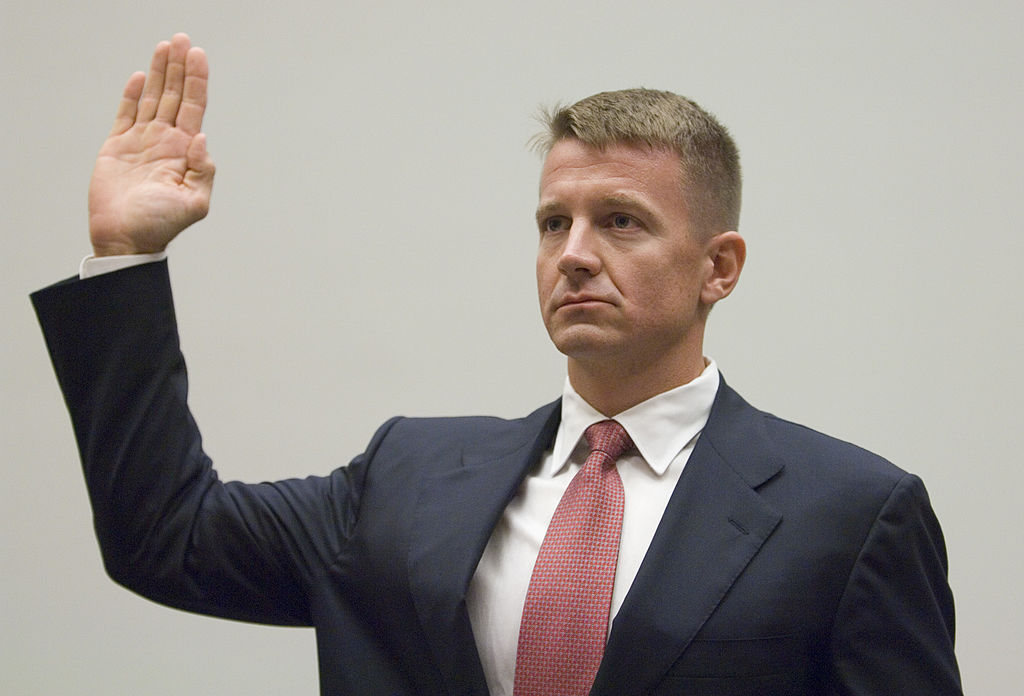17 December 2003: the first powered flight of SpaceShipOne
The privately funded and built space plane, SpaceShipOne, witnessed its first powered flight on this day in 2003 – a crucial step towards winning the $10m Ansari XPrize.

Madame Guzman didn't get her chat with aliens when she announced the Guzman Prize 115 years ago today. Despite offering a 100,000 franc reward, nobody could come up with the technology to communicate with distant worlds. (Mars didn't count it was deemed too easy.)But in some ways, the Ansari X Prize was its successor.
Unveiled in May 1996, the $2.5m prize (which grew to $10m) would be awarded to anyone who could design and build "a reliable, reusable, privately-financed, manned spaceship capable of carrying three people to 100 kilometres above the Earth's surface twice within two weeks".
The idea was to prove that private space travel (ie, non-government funded) was not only possible, but profitable. Twenty-five teams threw their hats into the ring, including four from Britain the most represented county after the United States.
MoneyWeek
Subscribe to MoneyWeek today and get your first six magazine issues absolutely FREE

Sign up to Money Morning
Don't miss the latest investment and personal finances news, market analysis, plus money-saving tips with our free twice-daily newsletter
Don't miss the latest investment and personal finances news, market analysis, plus money-saving tips with our free twice-daily newsletter
Mojave Aerospace Ventures was one of the American teams to enter. On 17 December 2003, their SpaceShipOne, piloted by Mike Melvill, undertook its first powered flight test, in which it broke the sound barrier.
It was a day loaded with meaning. Quite apart from Madame Guzman and her challenge, the date was also the 100th anniversary of the Wright Brothers' ground-breaking first powered flight in the Wright Flyer, which ushered in the age of aviation.
Suitably impressed, Sir Richard Branson's Virgin Galactic "spaceline" venture engaged the company behind SpaceShipOne, Scaled Composites, to develop a commercial version to ferry tourists into space.
SpaceShipOne went on to fulfil all the requirements of the Ansari XPrize, and on 4 October 2004, it was awarded the $10m roughly half of what it cost to develop, but still an achievement in itself, as The Economist noted at the time: "For that, Nasa could barely launch a kite, let alone an astronaut." And besides, the cost wouldn't have much troubled the team's backer Microsoft co-founder Paul Allen.
Get the latest financial news, insights and expert analysis from our award-winning MoneyWeek team, to help you understand what really matters when it comes to your finances.

-
 8 of the best houses for sale with electric vehicle charging
8 of the best houses for sale with electric vehicle chargingThe best houses for sale with electric vehicle charging – from a converted World War II control tower in Scotland, to a Victorian country house in Cumbria
-
 The return of Erik Prince, America's notorious mercenary
The return of Erik Prince, America's notorious mercenaryErik Prince, founder of the controversial private military group Blackwater, was shunned for pushing the boundaries of legality. He has re-established himself
-
 31 August 1957: the Federation of Malaya declares independence from the UK
31 August 1957: the Federation of Malaya declares independence from the UKFeatures On this day in 1957, after ten years of preparation, the Federation of Malaya became an independent nation.
-
 13 April 1960: the first satellite navigation system is launched
13 April 1960: the first satellite navigation system is launchedFeatures On this day in 1960, Nasa sent the Transit 1B satellite into orbit to provide positioning for the US Navy’s fleet of Polaris ballistic missile submarines.
-
 9 April 1838: National Gallery opens in Trafalgar Square
9 April 1838: National Gallery opens in Trafalgar SquareFeatures On this day in 1838, William Wilkins’ new National Gallery building in Trafalgar Square opened to the public.
-
3 March 1962: British Antarctic Territory is created
Features On this day in 1962, Britain formed the British Antarctic Territory administered from the Falkland Islands.
-
10 March 2000: the dotcom bubble peaks
Features Tech mania fanned by the dawning of the internet age inflated the dotcom bubble to maximum extent, on this day in 2000.
-
9 March 1776: Adam Smith publishes 'The Wealth of Nations'
Features On this day in 1776, Adam Smith, the “father of modern economics”, published his hugely influential book The Wealth of Nations.
-
 8 March 1817: the New York Stock Exchange is formed
8 March 1817: the New York Stock Exchange is formedFeatures On this day in 1817, a group of brokers moved out of a New York coffee house to form what would become the biggest stock exchange in the world.
-
7 March 1969: Queen Elizabeth II officially opens the Victoria Line
Features On this day in 1969, Queen Elizabeth II took only her second trip on the tube to officially open the underground’s newest line – the Victoria Line.